(Credit: NASA)
Butch and Suni have been at the International Space Station (ISS) much longer than they expected. The headlines blare, “An eight day mission turns into a nine month stay,” or, “Stranded astronauts to head home.”
But, they were never stranded! This bold declarative sentence provides fodder for plenty of debate. Let me make my case as the two astronauts prepare to return to Earth early tomorrow morning.
Butch Wilmore and Suni Williams are test-pilot/astronauts who rode the Boeing Starliner for the first time. It didn’t go well. But the narrative is not what you have been hearing. This stranded/not stranded argument has even popped up in my house for the past couple months. The fact is there has not been a day since Butch and Suni launched that the pair could not return to Earth. Choices were made. Those choices led to reassignments and a long to-do list for Boeing.
RETURN OR STAY?
This story is about risk. Usually, NASA doesn’t have a wide berth when it comes to risk. A mission or a spacecraft have certain parameters. If those parameters are violated, there often isn’t a lot NASA can do. They make the most sound scientific and engineering decisions and move forward. It could mean success or loss of the mission.
Video of NASA Crew-10 arrives at the ISS to replace Crew-9. (Credit: NASA)
Starliner’s shortcomings provided NASA with other options involving risk and their astronauts. The spacecraft did not operate perfectly heading to ISS during its Crewed Test Flight (CFT). Far from perfection. There was a helium leak. There were little engines, called reaction control system thrusters (RCS), that didn’t work properly. Once Butch and Suni docked with ISS, the testing started on what went wrong. At the end of it all, NASA was worried, while Boeing said the vehicle was good to bring the two test pilots home.
This was the rare occasion that NASA had options. The agency didn’t have to bring Butch and Suni home on Starliner. This is the big idea behind the Commercial Crew and Commercial Cargo programs at NASA. The theory is to hire multiple private companies to compete against each other to fulfill NASA’s requirements.
COMMERICAL CREW
NASA wants two (at least) contractors to carry astronauts or cargo to space, the Moon, and beyond. Boeing was expected to be the big player when this “commercial crew/cargo” idea was embraced. After all, Boeing is the company that built the Saturn 5 that sent the Apollo astronauts to the Moon.
It didn’t work out as expected. Boeing had trouble building Starliner and those problems didn’t disappear. The upstart SpaceX produced a simple autonomous capsule that could, and has, delivered astronauts to the ISS. It’s the only US option right now for NASA.
Boeing had Butch and Suni test the RCS thrusters and that helium leak while docked to the ISS. NASA didn’t like the results. Boeing thought the margin of error was acceptable and the two astronauts could come home on Starliner.
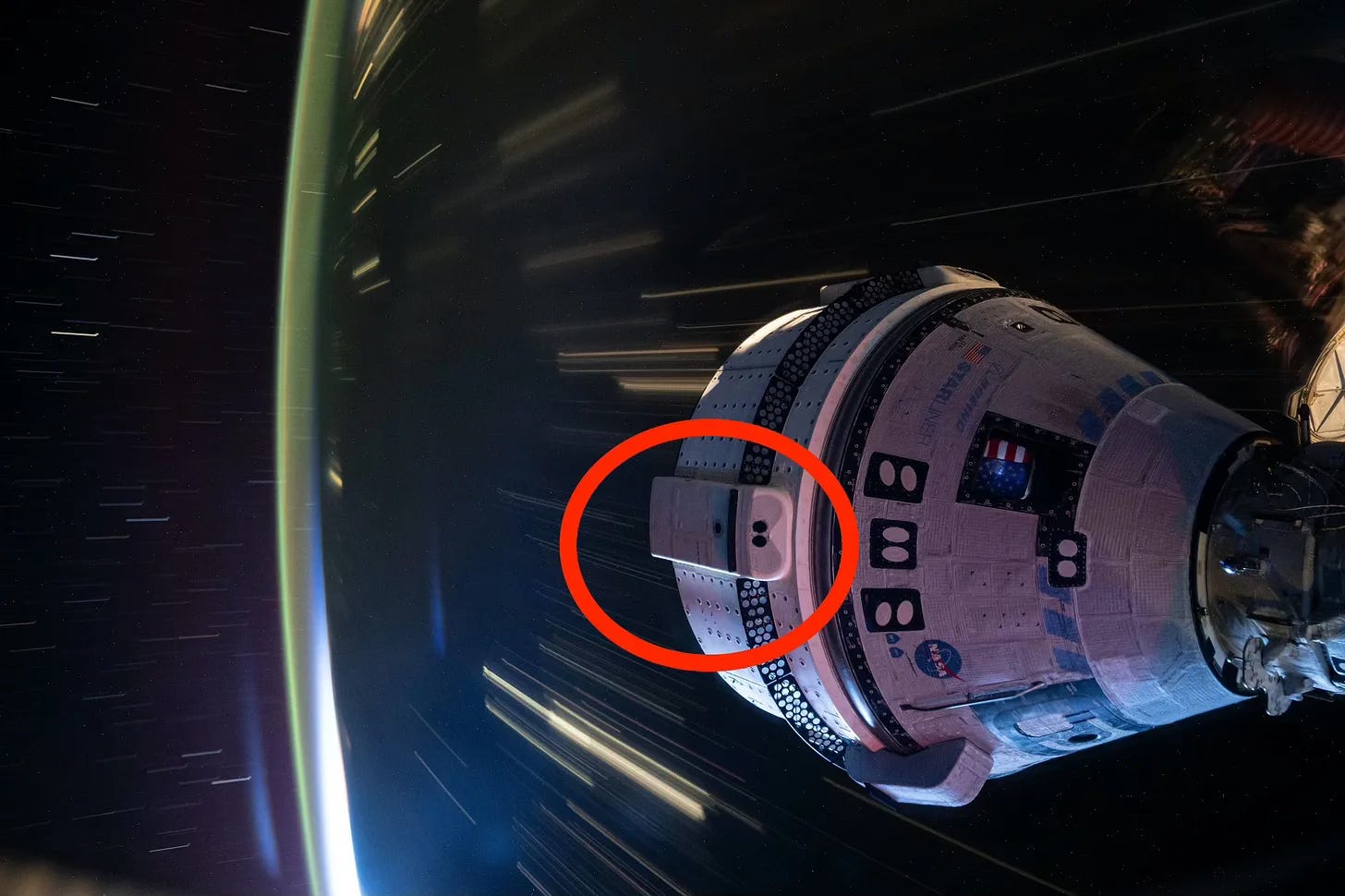
This is where the “risk question” comes into the equation. NASA knew it had other options to bring the astronauts home. Why put them at risk?, NASA likely asked itself. The decision was made to leave Butch and Suni up there and bring Starliner home empty. The helium leak and thruster issues did not preclude Starliner from making safe entry and landing. Good for Boeing.
NASA’s reduced risk plan was to leave Butch and Suni on the ISS and reassign them to another mission. The plan was the two would join the mission coming up in a couple months. In the interim, they would be the fifth and sixth astronauts on the SpaceX Dragon capsule docked on the ISS.
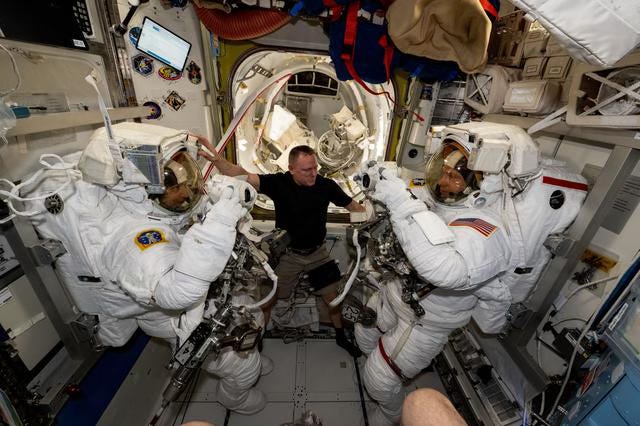
That Dragon was configured for just four astronauts. So NASA sent some pads up to the ISS and Butch and Suni would strap themselves to what might be considered the floor of the Dragon if they had to evacuate the ISS. Not ideal. NASA probably didn’t like it, but it likely would have worked. These are test pilots. They understand.
None of that was necessary. Two members of the next mission (Crew-9) lost their flight. Just two astronauts flew to the ISS in a Dragon and Butch and Suni became part of Crew-9.
A RESCUE?
In the middle of all of this there was a Presidential campaign, and the new President asked Elon Musk, the CEO of SpaceX, to go “rescue” those astronauts. Musk says he earlier offered NASA a “rescue” plan. There was a problem with all of this. There apparently was no available spacecraft for a “rescue.”
How do we know this? The Crew-10 mission that just took off and docked with the ISS is a four-times used capsule. Crew-10 was supposed to be on a brand new SpaceX capsule. But, there was a problem with the battery on the new capsule and SpaceX had to tear it apart and that made it unavailable for last Friday’s launch.
Still, the President did ask NASA to bring the astronauts home earlier than the agency planned. NASA knew it had to walk a tightrope and chose its words carefully in its response. “NASA and SpaceX are expeditiously working to safely return the agency’s SpaceX Crew-9 astronauts Suni Williams and Butch Wilmore as soon as practical, while also preparing for the launch of Crew-10 to complete a handover between expeditions.”
Read between the lines and you will see NASA was planning to stick with the original plan. That plan is Crew 10 up, crew hand off, and Crew-9 returns to Earth. So we will see Butch and Suni return to Earth Tuesday after nine months in space. That’s just as NASA planned when the Starliner troubles arose.
STARLINER’S FUTURE
What about Starliner? There have been suggestions that Boeing may get out of the space business. However, it appears Boeing is so far in with Starliner that it wants to finish. The spacecraft needs to be certified to carry astronauts to the ISS. NASA officials confirmed that Boeing wants to fly again. But will that happen in 2025?
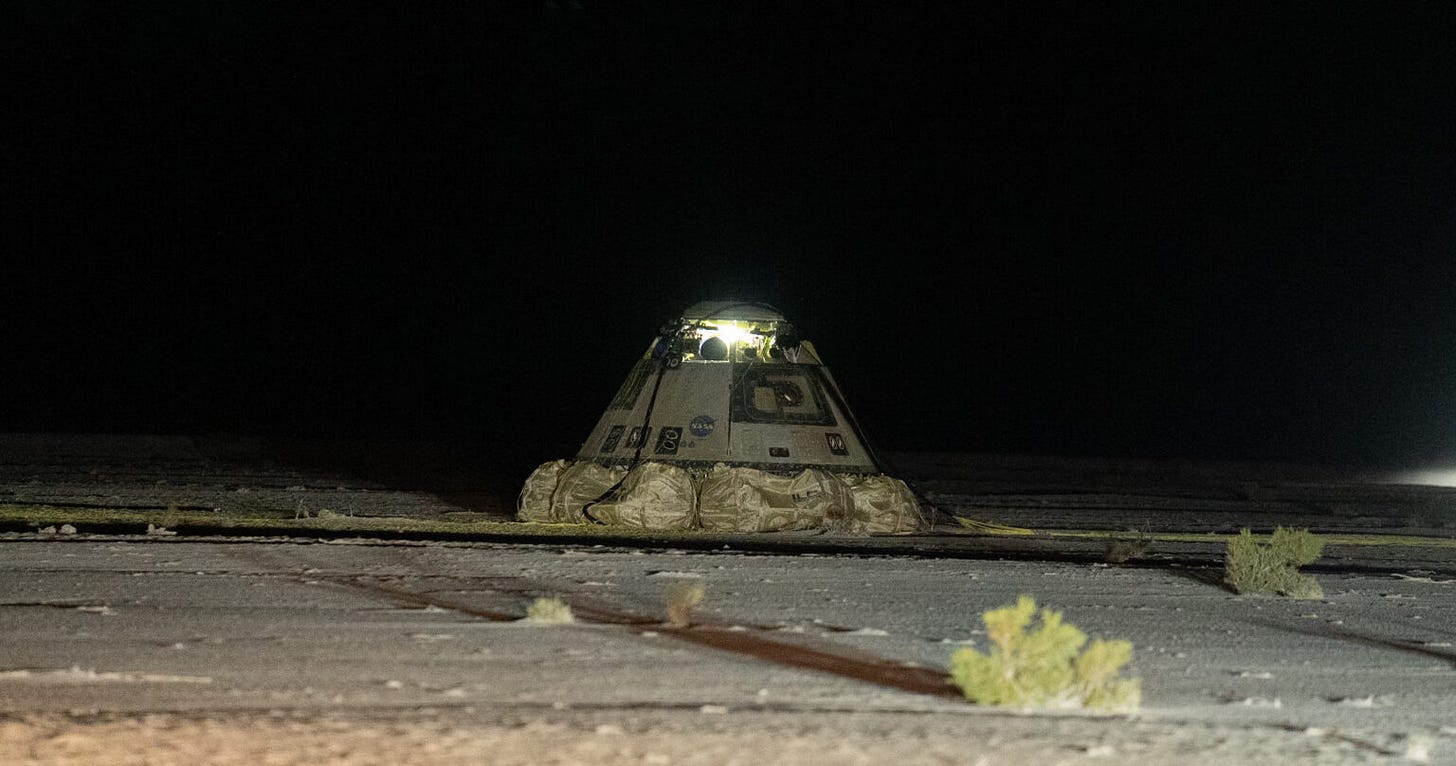
NASA executive Steve Stitch recently said, “We've got to figure out, manifest-wise, where the Starliner fits. Does it fit best toward the end of this calendar year, the first flight back after CFT, or early next year?”
There is no answer to that question. There is also no confirmation whether Boeing will have to fly another unmanned test flight, a crewed test flight, or will receive certification and can start to fulfill its contract of six crewed flights to the ISS.
Butch and Suni have never been stuck, but Boeing may be. As mentioned, Boeing is still contracted to fly six crewed, certified missions to the ISS, about one a year. The ISS is set to end operations and deorbit in 2030. Boeing is running out of time.



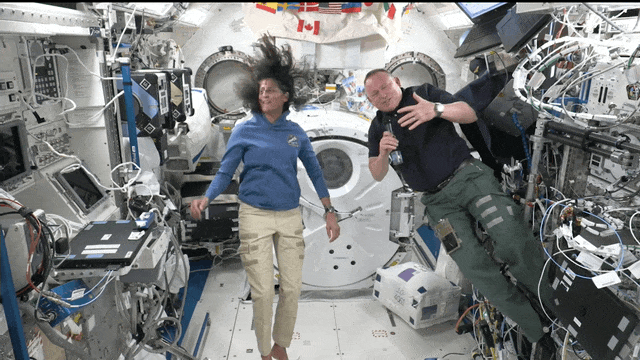
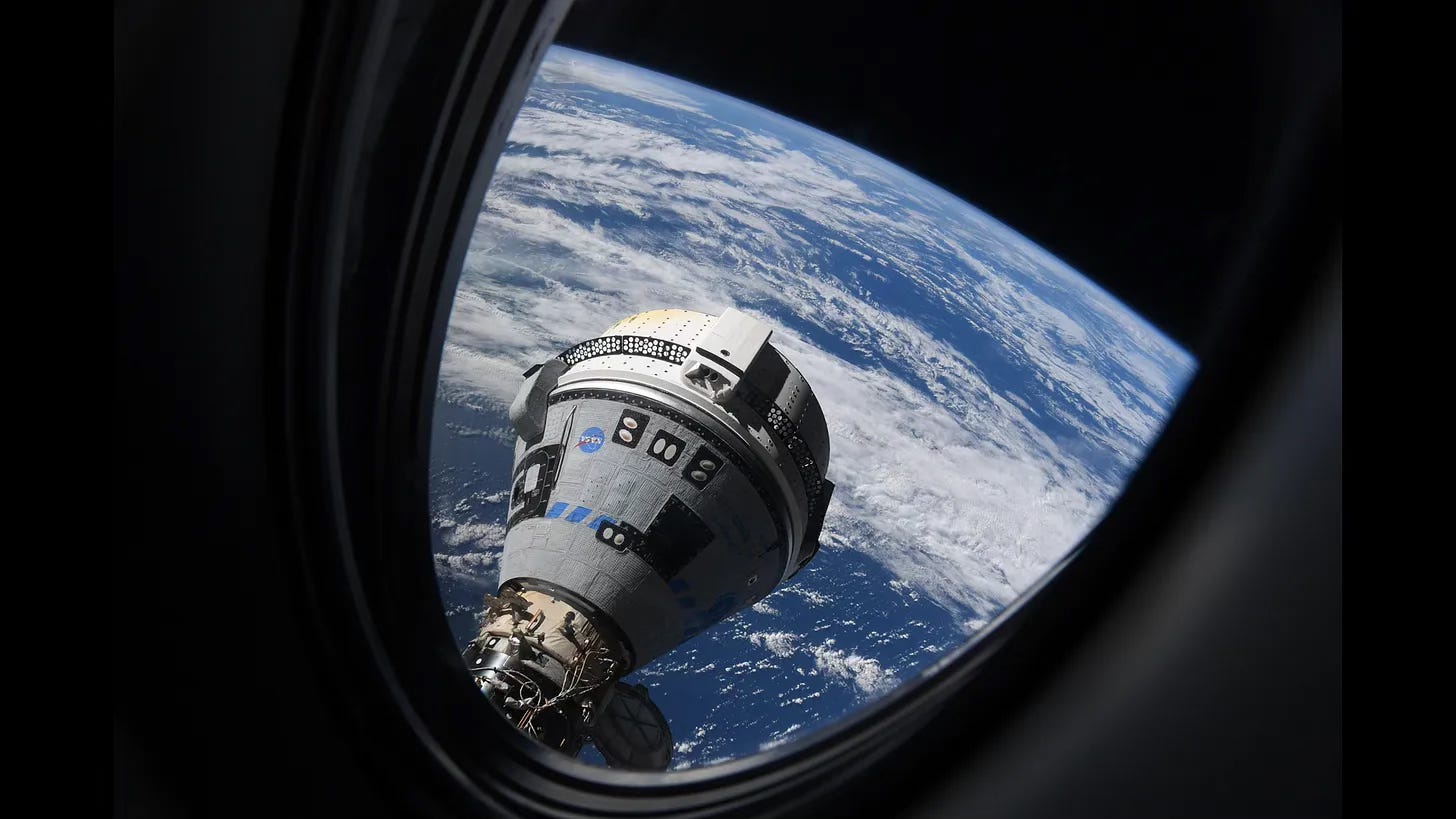
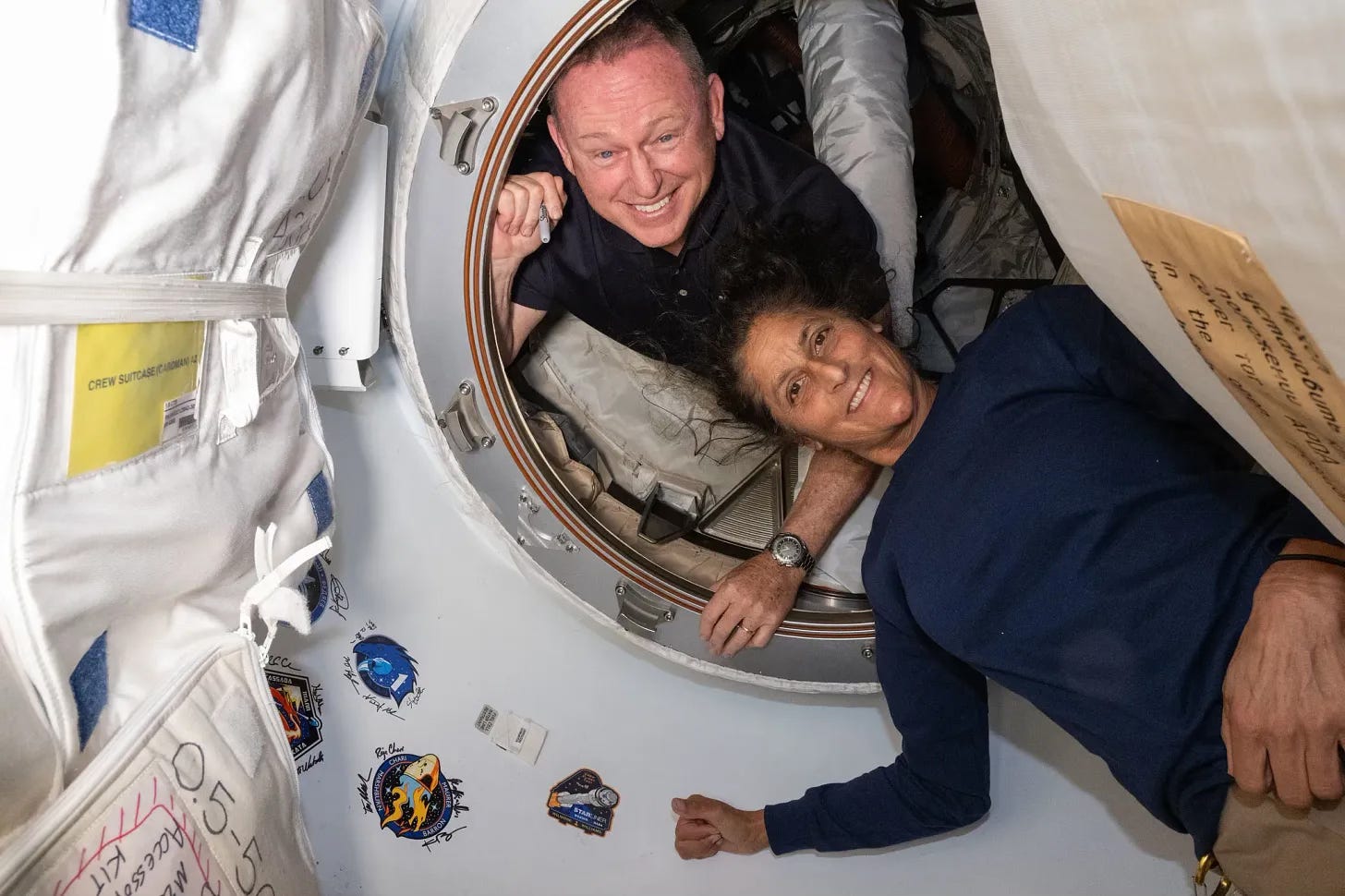
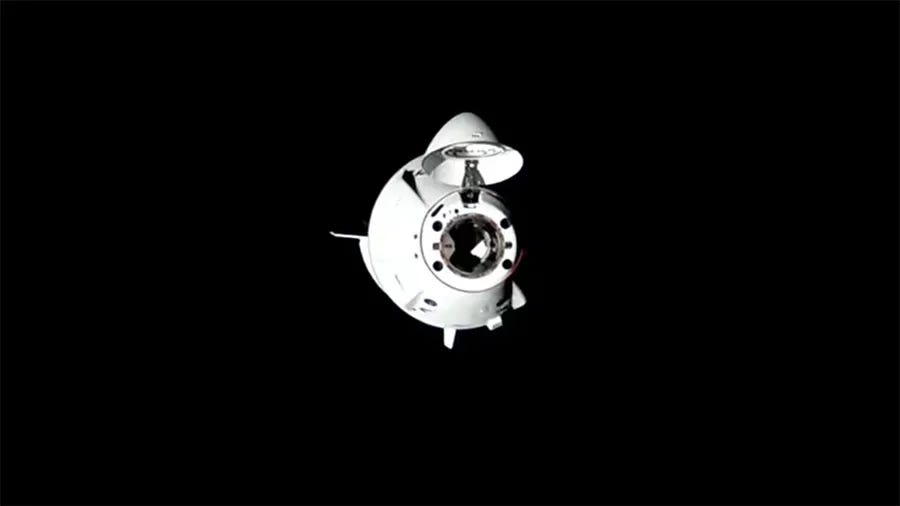
Excellent, fact-based reporting, David!